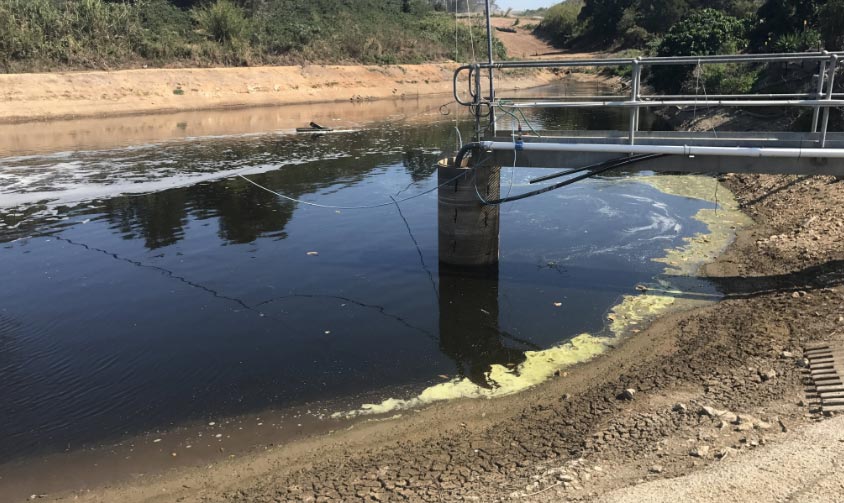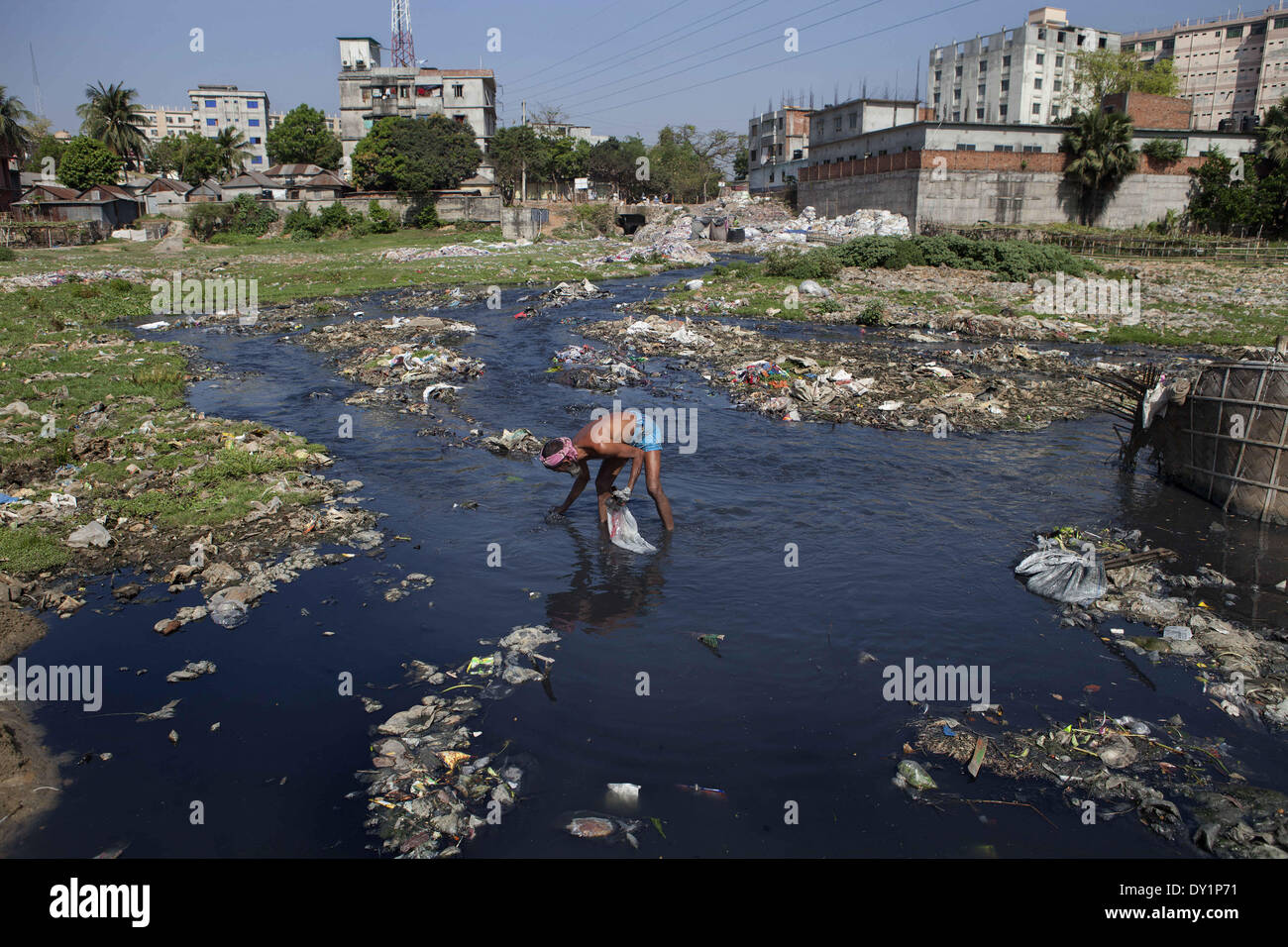Industrial Wastewater Treatment: Customized Solutions for Complicated Wastewater Challenges
Industrial Wastewater Treatment: Customized Solutions for Complicated Wastewater Challenges
Blog Article
Exactly How Fluid Garbage Disposal Works: A Comprehensive Review of Methods and Technologies Employed

Review of Fluid Waste Kind
The intricacy of liquid waste kinds demands an extensive understanding of their attributes and implications for disposal. Liquid waste can broadly be categorized into numerous kinds, consisting of commercial, municipal, agricultural, and contaminated materials. Each category exhibits distinctive properties, calling for specific administration approaches to alleviate ecological and wellness threats.
Industrial fluid waste originates from manufacturing processes and commonly has a variety of pollutants, such as hefty metals, solvents, and natural compounds. Local fluid waste, largely comprising wastewater from houses and industrial facilities, consists of raw material, nutrients, and microorganisms (industrial wastewater treatment). Agricultural liquid waste, consisting of runoff from farms, may have plant foods, chemicals, and pet waste, posing risks to water top quality and ecosystems
Hazardous liquid waste is defined by its toxicity, reactivity, or prospective to trigger injury. Recognizing these varied liquid waste kinds is essential for developing effective disposal methods and making certain compliance with environmental policies.
Physical Therapy Methods

Screening is the initial step, where larger fragments and particles are eliminated from the fluid waste using displays or grates. This process protects downstream devices from damages and makes sure smoother operation. Complying with screening, sedimentation uses gravitational force to different solids from fluids. In sedimentation storage tanks, heavier particles work out at the base, creating a sludge layer, while the made clear liquid can be further treated.
Filtering is an additional necessary approach that includes passing the fluid with porous products, such as sand or membrane layers, to record smaller fragments. This action enhances the quality of the liquid, making it ideal for subsequent treatment processes.

Chemical Therapy Methods
Chemical treatment methods are crucial for properly handling liquid waste, particularly in attending to dissolved and colloidal contaminants that physical approaches may not adequately get rid of. These techniques utilize numerous chemical representatives to counteract, precipitate, or change harmful compounds right into less dangerous types.
One usual technique is coagulation and flocculation, where chemicals such as alum or ferric chloride are contributed to promote the aggregation of put on hold bits. This process enhances sedimentation, permitting easier removal of the resulting sludge. In addition, oxidation processes, using representatives like chlorine or ozone, are used to break down complicated organic compounds and pathogens, making the waste safer for discharge or additional therapy.
Neutralization is one more crucial method, which adjusts the pH of find out this here acidic or alkaline waste streams to neutral levels, protecting against possible harm to downstream systems and the setting. Furthermore, progressed oxidation processes (AOPs) make use of mixes of oxidants and ultraviolet light to deteriorate consistent contaminants, accomplishing a higher degree of treatment efficiency.
Biological Therapy Processes
Organic treatment processes play a vital role in the monitoring of liquid waste by using bacteria to disintegrate raw material and more information reduce impurity degrees. These processes can be generally classified into anaerobic and cardiovascular treatments, each using particular microbial neighborhoods to accomplish reliable waste destruction.
Cardio treatment includes making use of oxygen to help with the breakdown of organic materials by bacteria. This process is typically carried out in activated sludge systems, where oygenation tanks supply a conducive environment for microbial development, bring about the oxidation of organic contaminants. The resultant biomass can be divided from treated effluent through sedimentation.
On the other hand, anaerobic therapy takes place in the lack of oxygen, relying upon different bacteria to damage down organic matter. This approach is especially advantageous for high-strength waste, as it produces biogas, an eco-friendly energy resource, while lowering sludge manufacturing. Technologies such as anaerobic digesters are regularly employed in municipal and industrial applications.
Both anaerobic and cardio biological therapies not just lessen the ecological influence of liquid waste but additionally assist in resource recuperation, making them vital elements of lasting waste administration techniques. Their efficiency, effectiveness, and flexibility support their extensive application throughout different markets.
Arising Technologies in Disposal
Cutting-edge methods to fluid garbage disposal are rapidly progressing, this website driven by advancements in technology and an increasing focus on sustainability. Among these arising innovations, membrane layer bioreactors (MBRs) have actually gained traction for their capacity to integrate biological therapy with membrane layer filtering, resulting in high-quality effluent that can be recycled in various applications. MBRs allow smaller sized footprints and more efficient procedures contrasted to traditional systems.
An additional promising development is using anaerobic food digestion incorporated with nutrient recuperation innovations, which not just treats fluid waste but also generates biogas and recoups important nutrients like nitrogen and phosphorus. This dual benefit enhances resource efficiency and reduces ecological impact.
In addition, progressed oxidation procedures (AOPs) are being taken on for the deterioration of intricate natural pollutants. These approaches utilize powerful oxidants and catalysts to break down contaminants at the molecular degree, providing a highly effective service for difficult waste streams.
Moreover, the assimilation of expert system and artificial intelligence in waste monitoring systems is optimizing operational performance and anticipating upkeep, resulting in lowered expenses and boosted environmental compliance. These technologies reflect a significant shift towards more sustainable and efficient liquid waste disposal practices.
Final Thought
In verdict, effective liquid waste disposal necessitates an extensive understanding of numerous strategies and innovations. The integration of physical, chemical, and organic therapy techniques guarantees the effective management of diverse waste types. Additionally, the appearance of ingenious technologies improves therapy efficiency and advertises sustainability in waste monitoring practices. By continuously progressing these methodologies, it becomes possible to resolve the expanding challenges connected with fluid waste, ultimately adding to environmental management and source recuperation.
Fluid waste disposal is a crucial aspect of environmental administration, needing a thorough understanding of different methods and innovations tailored to various waste kinds. Fluid waste can extensively be classified into a number of types, including industrial, local, agricultural, and dangerous waste. Agricultural liquid waste, consisting of overflow from ranches, might consist of plant foods, pesticides, and animal waste, presenting threats to water top quality and ecological communities.
Various physical treatment approaches play an essential function in handling fluid waste properly - industrial wastewater treatment.In verdict, reliable liquid waste disposal demands an extensive understanding of various strategies and innovations
Report this page